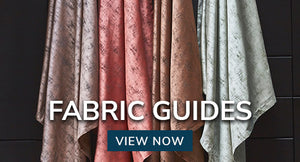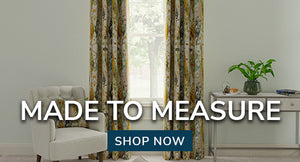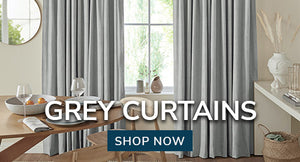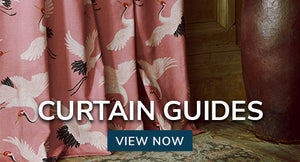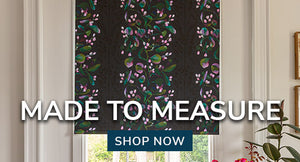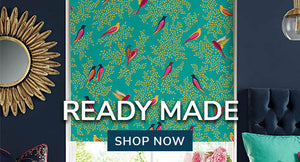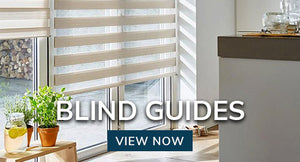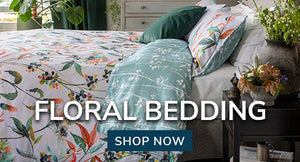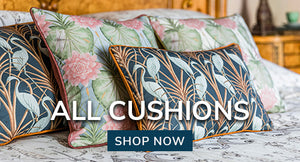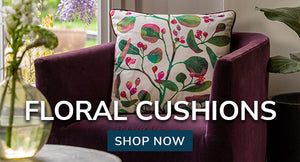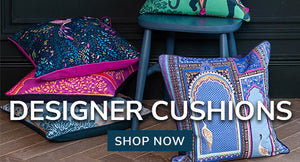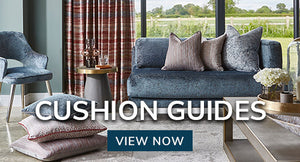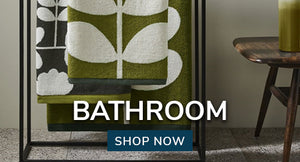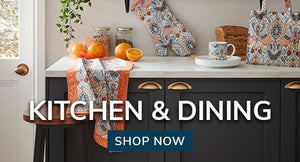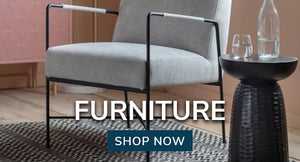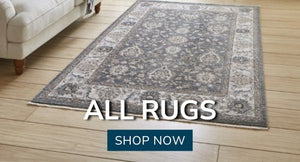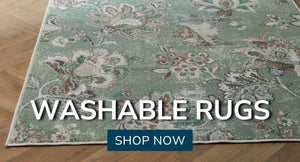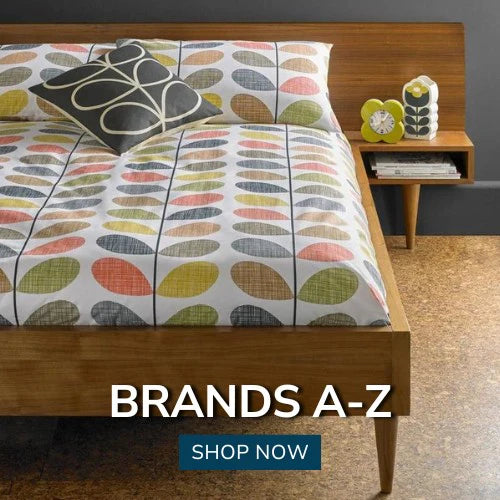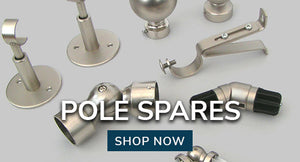Luke Bishop is a designer of wheel-thrown porcelain vessels, that subvert typical assumptions of what makes an object functional. Luke works from his eponymous studio, solving design problems but more importantly telling a contextual narrative with his work. His works specifically explore the marriage between Abstraction and Function, and are designed functionally as well as aesthetically. Graphic design also informs and shapes his work, as Luke has a background in this field. So we are proud to bring you the Designer Insights of Luke Bishop.
Image Credit: 1-5) Luke Bishop
- Transcript -
1) In your own words describe your unique style and creative aesthetic?
My work finds itself in the fractious area where Abstraction bumps into Function – it resonates with the pared-down Scandinavian aesthetic, the quirky and asymmetric edges reference Japanese couture.
2) When starting a new project, what is your creative process?
For me, this isn’t always exclusively about solving a design problem per se – the process itself is a river of exploration around colour, white and its interaction with form and porcelain, then playing with scale.
3) Out of the creative people you have worked with, who is it that you respect and admire the most?
I gained huge respect for Heal’s whilst working directly with them during the previous year. Heal’s is known for supporting established names in great design, and they also have the impressive flexibility to show that they truly value the handmade, crafted object and the makers who create them. Fundamental to this is that Heals supports and understands artists/makers working in small batch production.
4) When looking for inspiration is there a particular thing you do to get inspired?
I tend to collect impressions and store them in my inner world, letting disparate things connect and gestate in there: at the moment I’m an urban ceramicist – I live and work in Central London – so I look at urban architecture and explore cityscapes.
5) What has brought you to this point in your career? And what is your advice for people looking to follow in your footsteps?
I’m in the studio making most days, and very often relating to an order from a gallery and/or a show. I have been saying ‘yes’ to a lot of different invitations which has pushed me to work harder and to keep work spontaneous. I would encourage new makers to increase visibility through craft shows and to photograph their work well.



